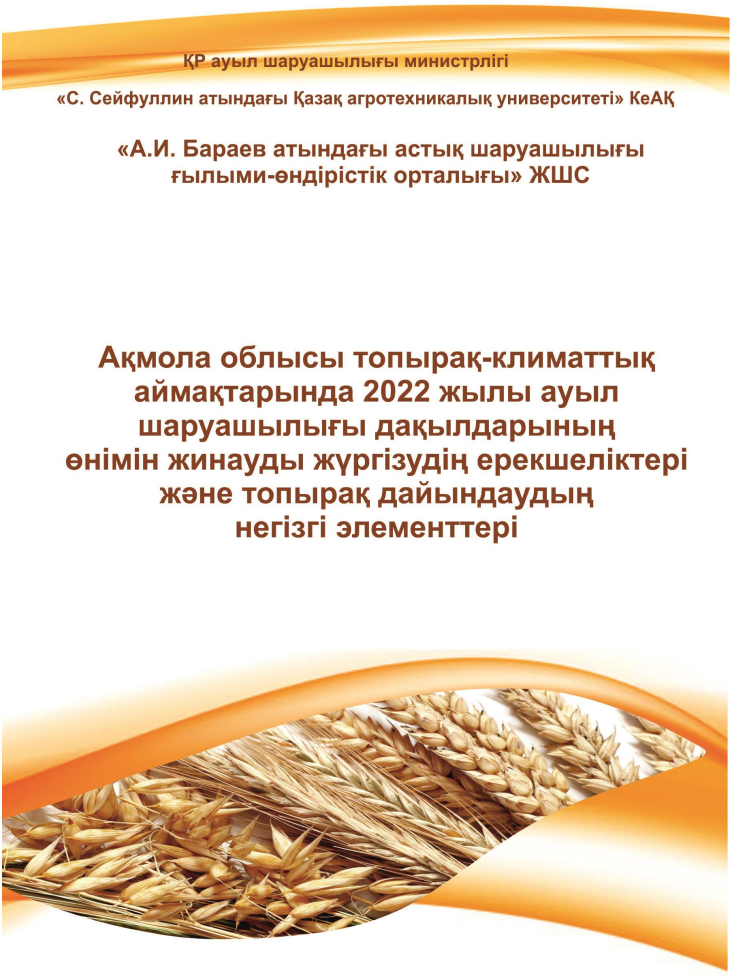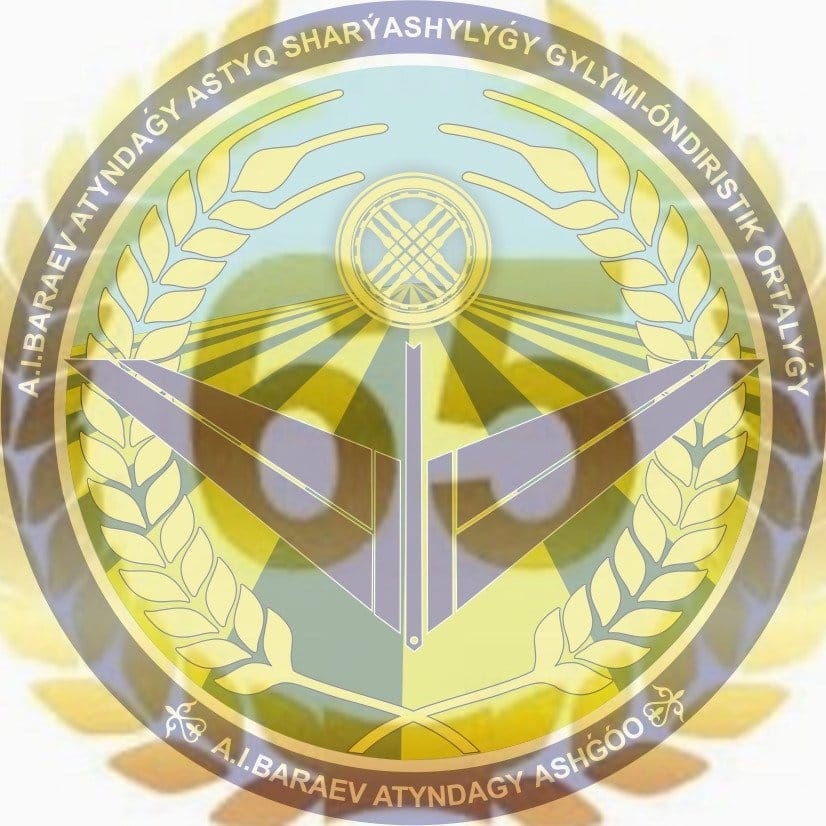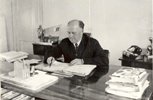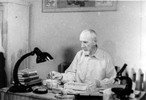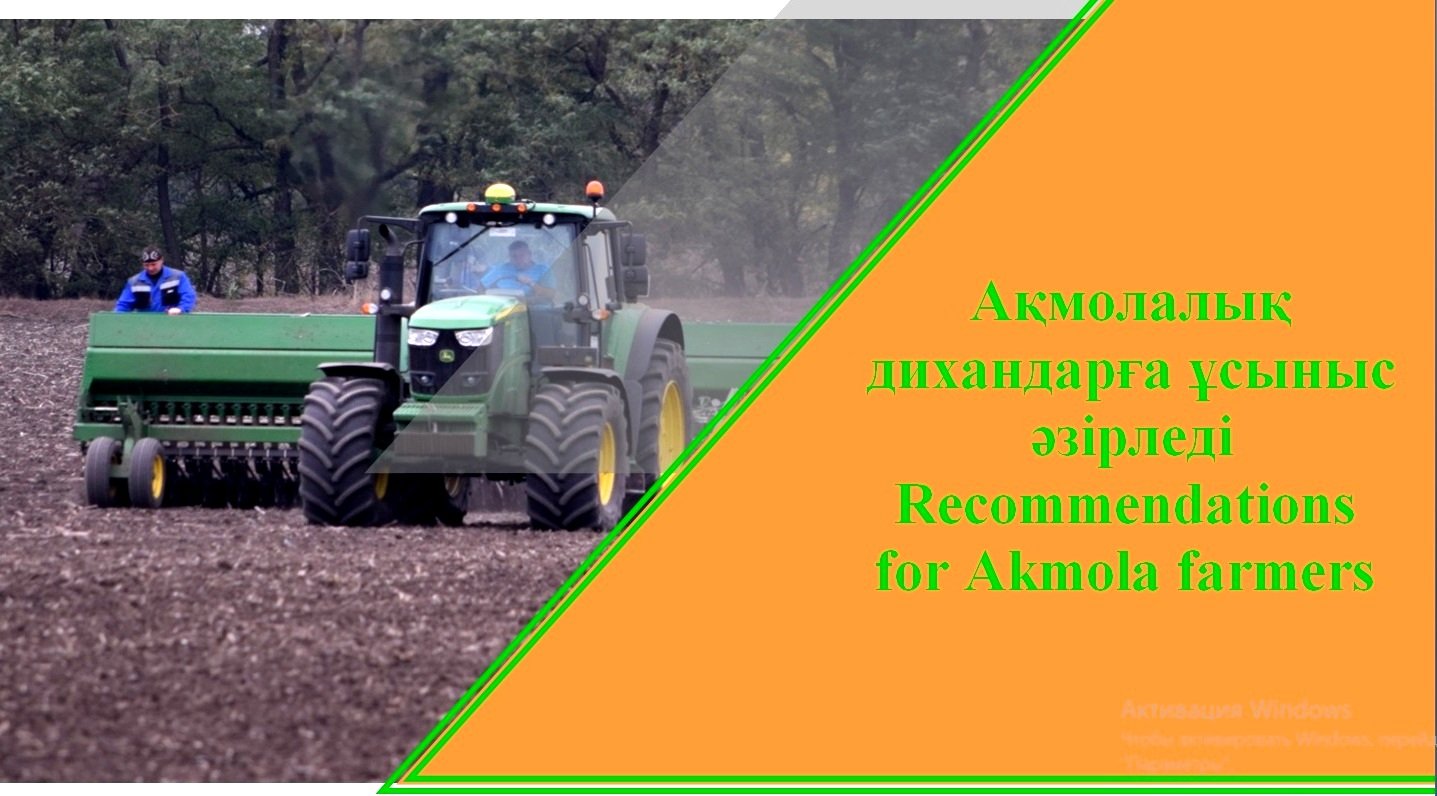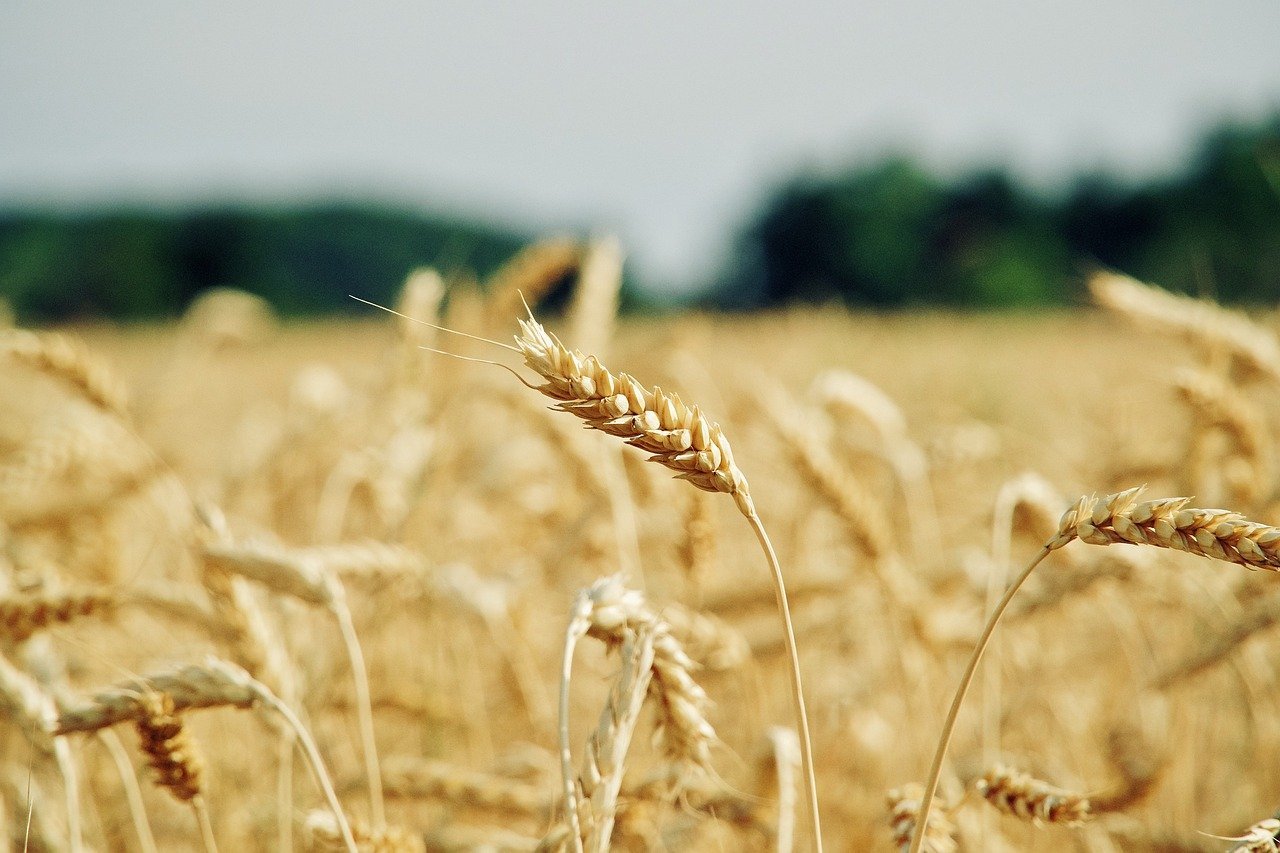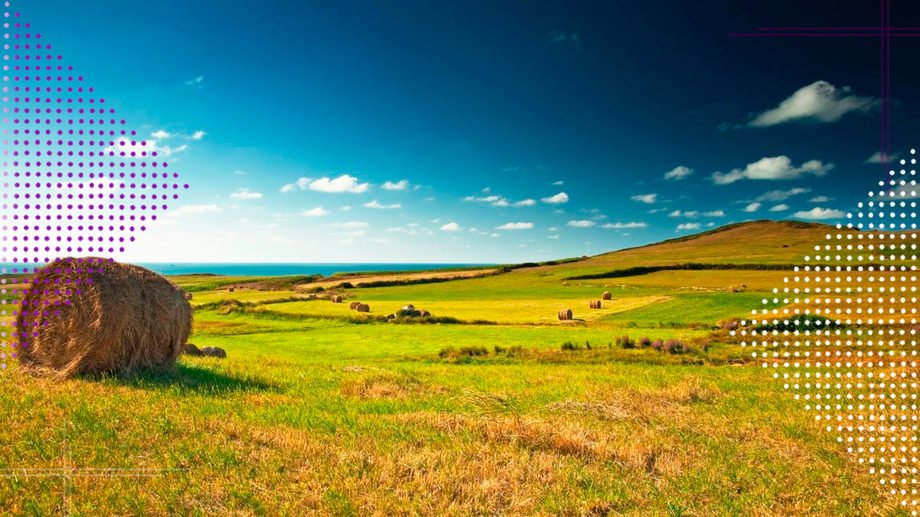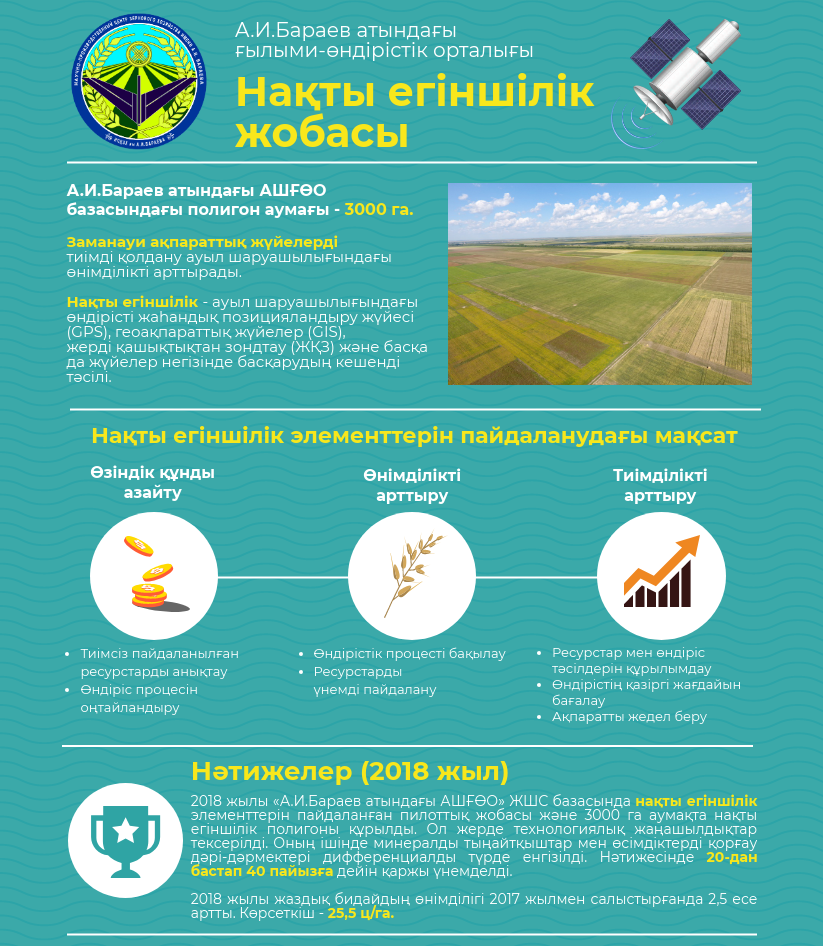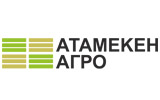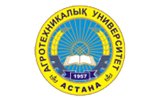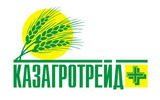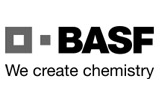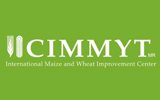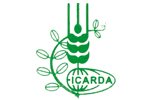Measures for the preparation of seed material for sowing. Forecast of the phytosanitary condition of agricultural crops. Crop protection system.
Главная / News / Main news
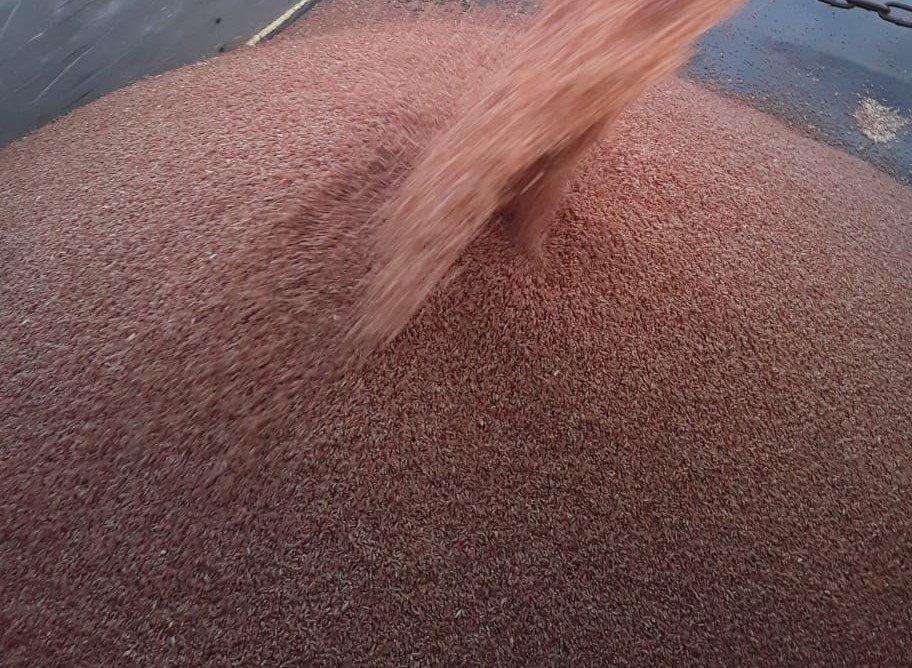
A necessary component in the preparatory work for sowing is the pre–sowing treatment of seeds with preparations. The importance of etching increases in conditions of resource-saving cultivation technologies, at low temperatures, rainy spring or, on the contrary, drought, violations of water and nutrient regimes of plants, saturation of crop rotations with one crop.In addition, some pathogens (types of smut) cannot be destroyed during the growing season; they can only be destroyed by seed treatment.
In our conditions, the pathogens can spread with seeds from 30% to 60%, depending on the culture. Almost all seed infection (with the exception of dusty smut pathogens) is able to persist on the soil surface, plant residues. Wireworms and false wireworms, fleas, harmful flies, weevils, larvae of locusts, etc. may cause significant damage and thinning of seedlings.
The pathogenic complex of seeds is formed during the growing season (from earing to harvesting inclusive). To obtain full-fledged healthy seeds, it is important: to place seed crops according to the best predecessors; to create optimal conditions for vegetating plants; to test seed crops for disease damage, determine their compliance with the requirements and take measures to improve them; to observe optimal harvesting times; to place separately batches of seeds collected from plots with smut, clavus, affected by fusarium.
Phytopathological analyses of seeds of individual batches of the 2022 harvest revealed signs of: all crops fusarium infection (1.0 — 3,3%), mold formation (1.5 — 3,5%), alternarium seed infection (from 5 to 60%); helminthosporiosis (2.5 — 5,7%) on cereals; ascochitosis (3.0-3.9%) on leguminous crops; on flax anthracnose (1.5-2.5%), mottling (2.0-3.1%). Moreover, the dominance of alternaria infection was observed, including on apparently healthy seeds of wheat, barley.
If the seeds are conditioned in germination, but there are signs of diseases, then high-quality pre-sowing seed treatment in compliance with agricultural requirements and with the right choice of a fungicidal drug allows you to reliably disinfect seeds and plants from internal and external infection, and insectofungicidal action also protects against soil-dwelling pests and pests of seedlings. When sowing crops at an early date and the beginning of optimal insecto-fungicidal protectants are preferable. They are especially necessary for oilseed flax.
There is no designated regulation on the timing of pre-sowing seed treatment. Many agricultural formations are etched immediately before sowing. The etching with fungicidal protectants can be started within a month before sowing, provided that the average daily air temperature has passed the threshold of + 5 ° C. Insecticidal and insecto-fungicidal preparations should be used to treat seeds as close as possible to sowing.
In batches of seeds for pickling, it is sure to remove sick, injured, small and weak seeds, weed admixture, dust. Otherwise, part of the drug will be adsorbed on them. The etching process should be under constant control. According to agrotechnical requirements, when using flow-type etching machines, the uneven supply of seeds and working fluids should be no more than 5%; permissible crushing of seeds — no more than 0,5%; increase in seed moisture — no more than 1,0%.
The range of drugs to choose from is extensive, they may contain from one to several active substances. Seed etching is economically advantageous and the most environmentally acceptable event with the use of plant protection products. Approximately the total costs of etching and preparation (at market prices) are covered by 15-25 kg of grain per hectare (at a wheat price of 100 thousand tg/t), the value of the additional harvest may be 3-10% or more of the grain harvest. Seed treatment prevents the oppression of plants, thinning of crops, destruction of the ear or panicle, non-compliance of the received products with the approved standards (ST RK 1046-2008, GOST 12047-85), the optimal start of plants more fully reveals its genetic potential.

It should not be overlooked that after treatment with individual mordants, seeds should not be sealed to a depth of more than 5 cm, in order to avoid phytotoxic effects on seedlings.
In general, the phytosanitary situation in the fields over the past few years has been formed in conditions of insufficient moisture supply. In weed phytocenoses, characterized by relative constancy, drought-resistant, hard-to-eradicate perennial weeds (milkweed, glorybind, thistle, sow thistle and wheatgrass) dominate. Of the juvenile weeds, drought-resistant millet weeds are among the most common. With a reduction in the volume of winter processing, there is an increase in the species composition and harmfulness of wintering weeds, which are dangerous due to the severe desiccation of the soil in the pre-sowing period. In the surface layer of the soil there is a large supply of seeds of annual weeds, which, in conditions of lack of moisture, are preserved in the soil and create a second wave of clogging in crops after summer precipitation. In conditions of resource-saving technologies, herbicides are used before sowing (mainly glyphosate-containing), in crops (selective), before harvesting (as desiccants), in the post-harvest period. From the economic point of view, to cover the costs of purchasing and using a complex of herbicides, it is necessary to obtain an additional 2.6 — 3.8 c/ha (in terms of wheat grain), and when used within the upper limits of the consumption rates required in our conditions. In fact, preventing damage from weeds allows not only to recoup costs, but also to ensure significant profitability.

Harmful species, according to their characteristics, occupy certain ecological niches. There is a mass settlement and harmfulness of thrips on flax, wheat, as well as peas, lentils. Although there has been a mass flight of meadow moth butterflies and foci of an increased number of caterpillars, a decline in their long-term dynamics is expected. Wireworms and false wires cause noticeable damage. A harmful entomofauna of safflower is being formed, it is impossible not to note damage by the safflower fly and weevils. Locusts are activated. It should be noted the plasticity and viability of harmful species. With a temperature regime sufficient for development, the slightest precipitation was enough for mesophilic and hygrophilous pest species to show their harmfulness (cabbage moth, aphid, Hessian and Swedish flies, etc.). The costs of carrying out measures using insecticidal preparations can be estimated using a single-component of 0.18-0.27 c/ha, a multicomponent of 0.37 — 0.56 c/ha of grain. At the same time, only from thrips, grain yield losses can reach at least one third of the harvest.
On plant residues and in the soil there is a wintering stock of infection of almost all major diseases of cultivated crops (spots, rust). In the conditions of the previous season, from the tillering phase, the following diseases were spread: yellow spotting on wheat, red — brown spotting on oats. Fusarium wilt was on flax, lentils. After the July precipitation at elevated temperature conditions, rust and spotting types spread in the crops of almost all crops. The earlier the diseases spread in the crops, the greater the yield loss. This is especially true in conditions when a large harvest is expected. The use of modern fungicides not only destroys phytopathogens, but also has immunomodulatory, growth-stimulating effects on plants and prolongs the period of functioning of the assimilating organs of plants. The cost of purchasing and using a fungicide varies in terms of wheat grain in 0.35 — 0.8 kg/ha (from single-component to multicomponent). The use of fungicides in almost all cases provides an additional harvest, which pays off the costs at times.
The wintering infectious and invasive potential in the fields is sufficient for outbreaks of reproduction and spread of harmful species on cultivated crops in the current season. It is necessary to constantly monitor the phytosanitary condition and be ready to carry out operational measures to protect the crop. Provided timely, correct selection and application of plant protection products, the value of the stored crop fully covers the costs and provides a net income.
Given the fact that there is not a single non-dangerous pesticide, a one-sided fascination with them causes undesirable consequences. To date, the problem is quite acute when crop losses occur from the aftereffect of some herbicides, and sometimes complete destruction of crops, pesticide residues are found in products, etc.
Plant protection is one of the most important components of crop cultivation technology and should not have an emergency solution to problems, but a long-term focus. Agricultural formations should have programs that would be comprehensively aimed at improving the soil, seeds, crops with purposeful and consistent implementation of quarantine (against oxtongue, etc.) organizational and economic (structure of crops, planning, etc.), agrotechnical (fertilizers, sowing dates, etc.), breeding and seed (variety exchange, variety renewal, established seed production) and other methods. For example, shifting the sowing dates to optimally late ones, the purpose of which was to improve the moisture supply of plants during critical periods, practically eliminated the need to use insecticides against the striped bread flea, gray grain scoops.
The higher the level of agricultural culture and, accordingly, the yield, the more significant will be the contribution of protective measures.
Senior Researcher
at the Plant Protection Laboratory of SPC GF named after A.I. Barayev A.K. Tuleeva



